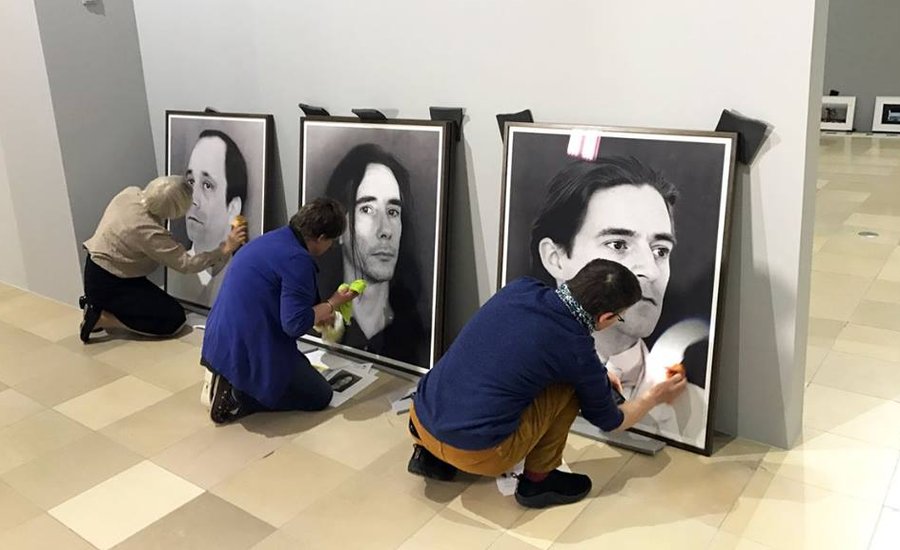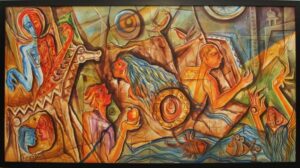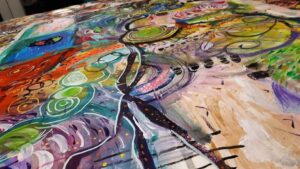The artist selection process is a pivotal aspect of curating an art gallery’s collection. It involves careful consideration, thoughtful evaluation, and a keen eye for talent and innovation. In this blog, we’ll explore the intricacies of the artist selection process, from identifying emerging talents to curating cohesive exhibitions that captivate and inspire audiences.
Defining Curatorial Vision and Goals
Before embarking on the artist selection process, it’s essential for an art gallery to define its curatorial vision and goals. This involves establishing the themes, styles, and mediums that align with the gallery’s mission and resonate with its target audience. Whether the focus is on contemporary art, emerging artists, or a specific genre or theme, a clear curatorial vision provides direction and purpose in selecting artists for representation.
Researching and Discovering Talent
The artist selection process begins with research and discovery. Gallery curators and directors actively seek out emerging talents through various channels, including art schools, exhibitions, art fairs, online platforms, and recommendations from fellow artists and industry professionals. This process involves staying informed about current trends, attending art events, and building relationships within the artistic community.
Reviewing Portfolios and Artwork
Once potential artists have been identified, the next step is to review their portfolios and artwork. Gallery curators carefully evaluate the quality, originality, and consistency of the artist’s body of work, considering factors such as technique, concept, and aesthetic appeal. They look for artists whose work aligns with the gallery’s curatorial vision and has the potential to engage and resonate with audiences.
Assessing Fit and Cohesion
In addition to artistic merit, curators assess the fit and cohesion of an artist’s work within the gallery’s overall collection and exhibition program. They consider how the artist’s style, themes, and approach complement. Or enhance the existing roster of artists and contribute to the narrative and aesthetic of upcoming exhibitions. Cohesion and balance are key considerations in creating a dynamic and compelling gallery experience.
Engaging with Artists
Once artists have been selected for potential representation, gallery curators engage with them to discuss collaboration, representation, and exhibition opportunities. This involves building relationships, discussing mutual goals and expectations, and negotiating terms of representation, such as commission rates, exhibition schedules, and marketing strategies. Effective communication and transparency are essential in fostering positive and productive partnerships with artists.
Curating Exhibitions
Curating exhibitions is the culmination of the artist selection process. Gallery curators strategically curate exhibitions that showcase the diversity, talent, and creativity of the artists represented by the gallery. They carefully select and arrange artworks to create a cohesive and compelling narrative that resonates with audiences and stimulates dialogue and engagement. Curating exhibitions involves balancing individual artist voices while creating a unified and immersive gallery experience.
Evaluating and Iterating
The artist selection process is an ongoing and iterative endeavor. Gallery curators continuously evaluate the success and impact of their artist selections and exhibition programming, seeking feedback from audiences, artists, and industry professionals. They use this feedback to refine their curatorial vision, adapt to changing trends and audience preferences. And ensure the gallery remains dynamic, relevant, and responsive to the evolving landscape of contemporary art.
Conclusion
The artist selection process is a nuanced and multifaceted undertaking that requires a blend of artistic sensibility, strategic thinking, and interpersonal skills. By defining curatorial vision, researching talent, reviewing portfolios, assessing fit. And cohesion, engaging with artists, curating exhibitions, and evaluating and iterating, art galleries can curate collections. And exhibitions that inspire, provoke, and captivate audiences. Through thoughtful curation and collaboration with artists, galleries play a vital role in shaping the cultural landscape and advancing the discourse of contemporary art.




